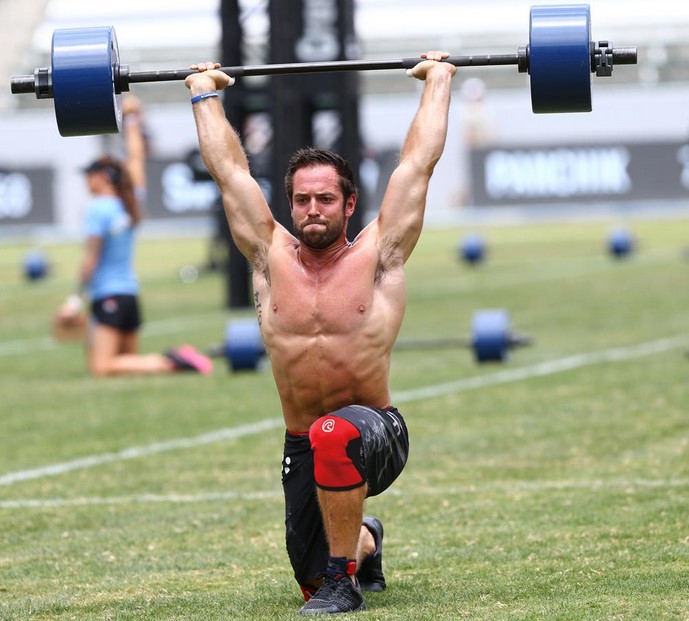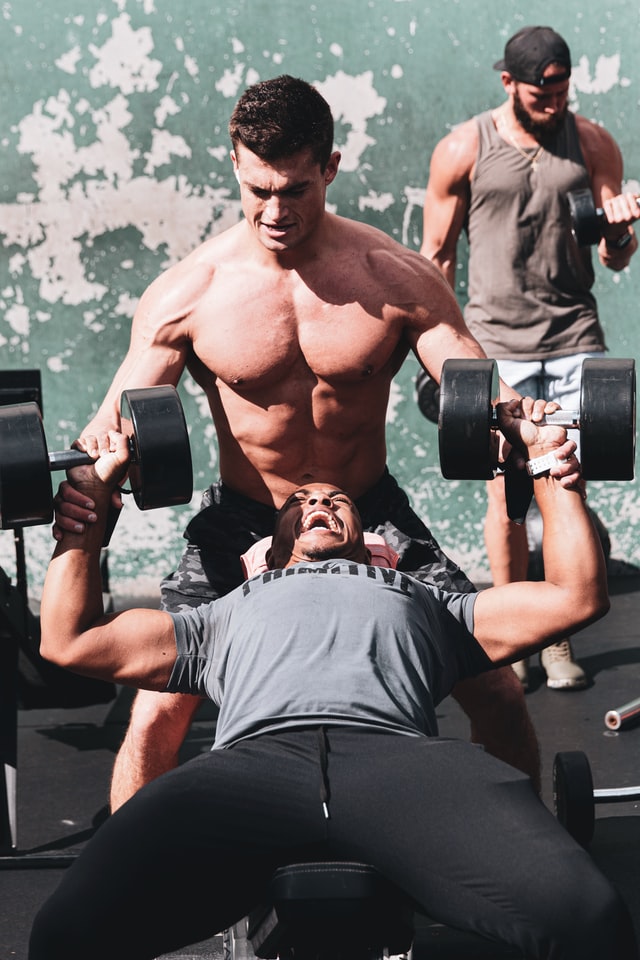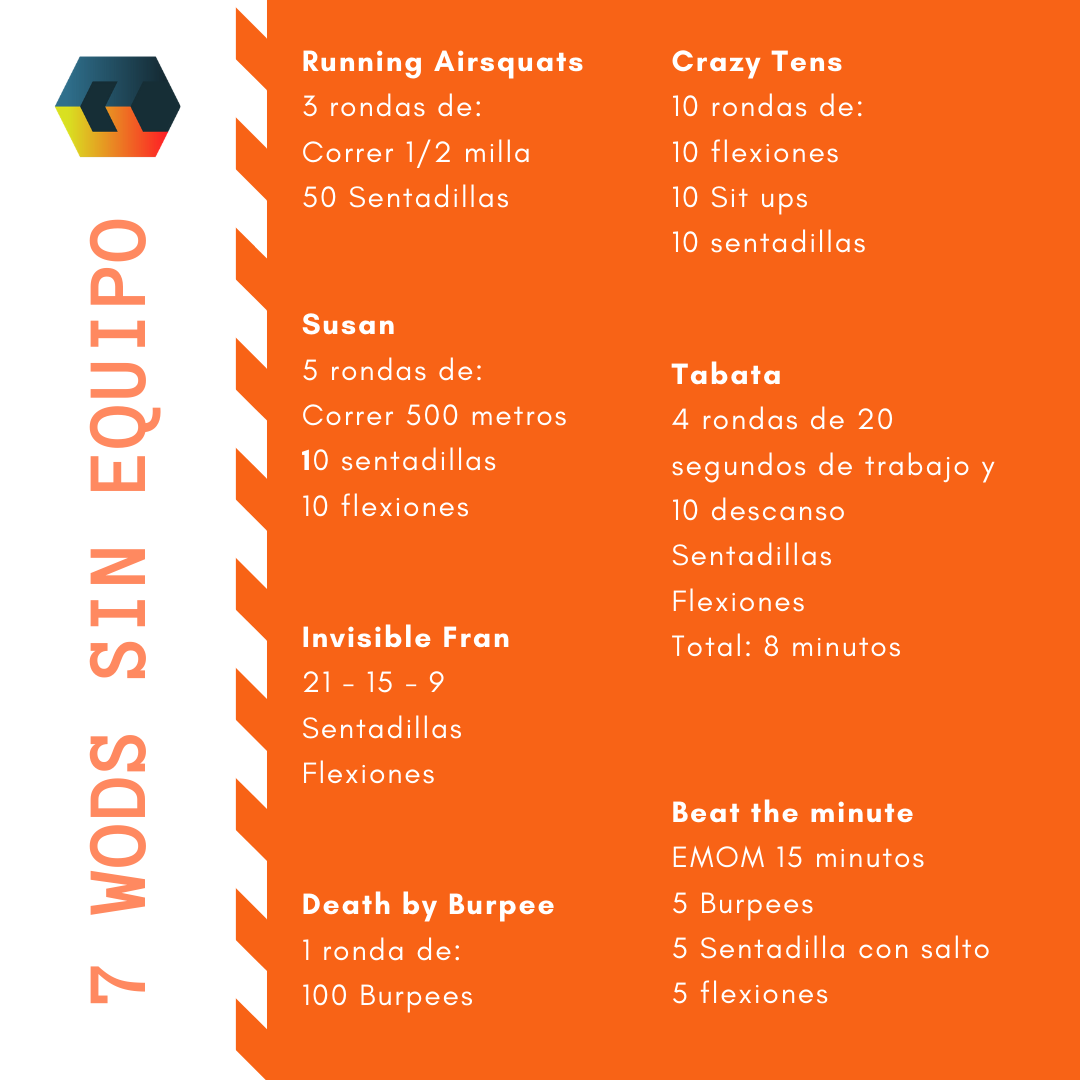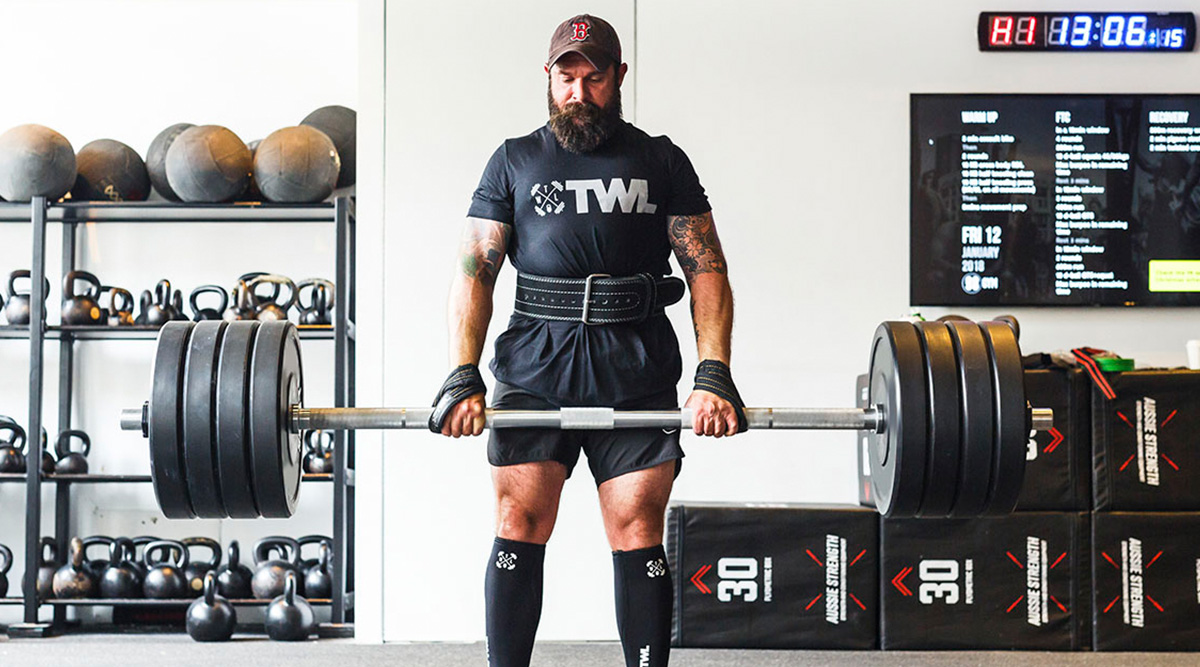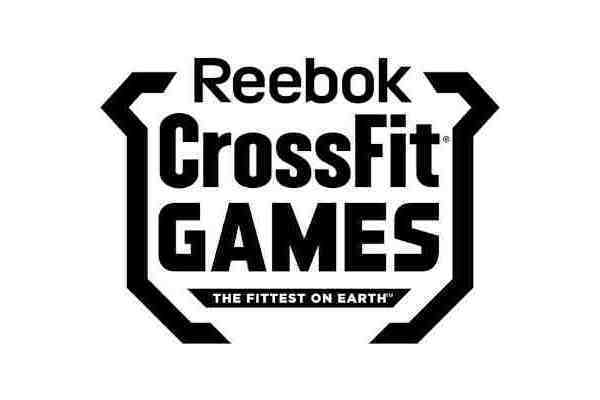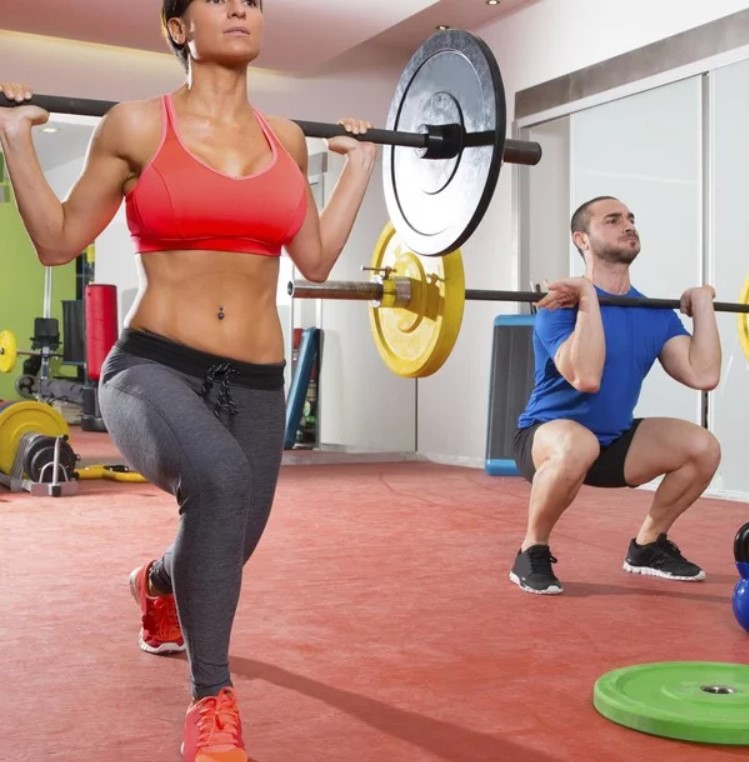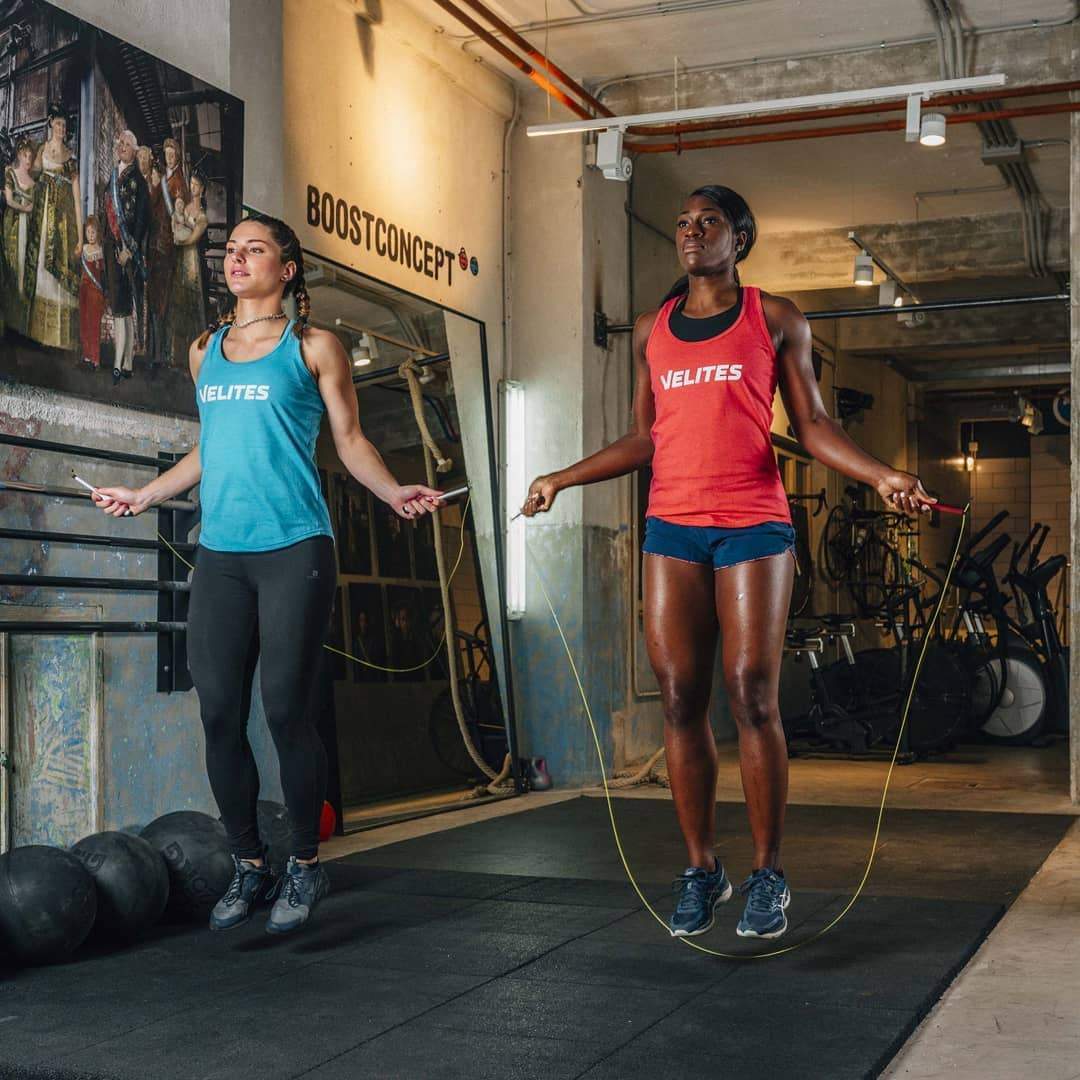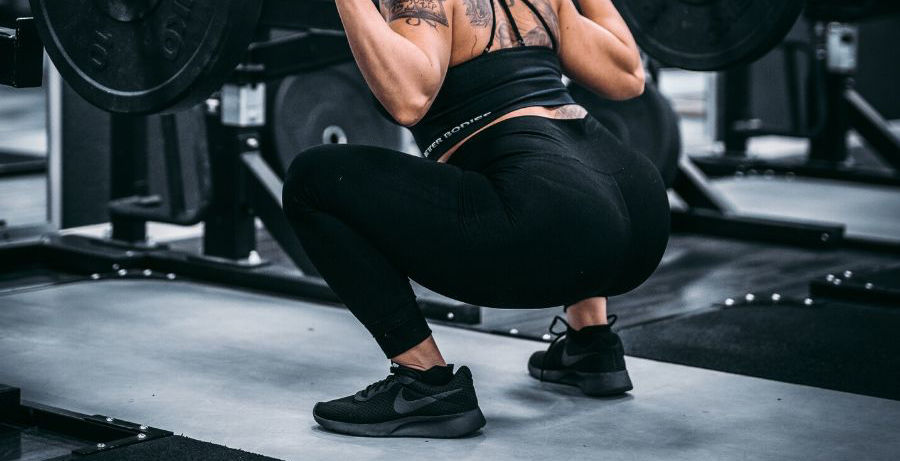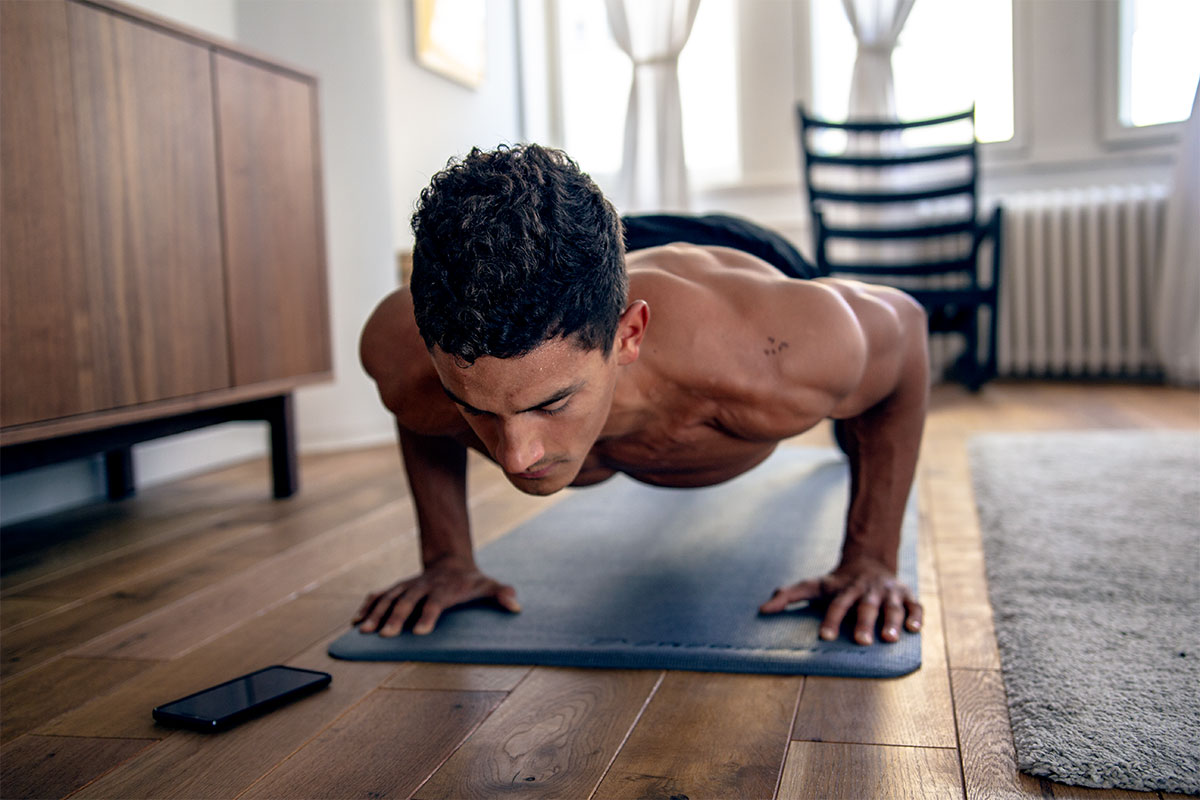How to avoid shoulder injuries in Crossfit.
If you don’t already know Fitenium is a free, mobile, video-based social network for athletes who train strength or bodyweight exercises. At Fitenium users can follow their performance, compete and get discounts in nutrition and sports equipment stores. Download it here.
Crossfit is a great and totally addictive tool to get fit and improve your health and fitness that is used by thousands of people all over the world. It is a proven and studied system that offers improvements in the level of performance and body composition throughout the world. However, Crossfit’s detractors accuse this discipline of being harmful, due to the fact that complex exercises are carried out, with high intensity and with medium-high loads. The reality is that injuries in Crossfit happen like in any sports discipline and to deny that would be to ignore reality.
And study from the Kennesaw State University of Georgia, United States carried out for 4 years with more than 3000 participants concluded that the ratio of injuries per 1000 hours of Crossfit is 0.74, quite inferior than other sports such as football, hockey, basketball, rugby and many other sports according to this review of studies conducted by the University of Queensland.
It seems likely that the idea that Crossfit is very harmful comes from the fact that the majority of the population comes into contact with Crossfit by looking at the Crossfit Games u other competitions where professional or semi-professional athletes go to the maximum, leaving technique aside in order to get one more repetition or start a second off the clock.

However, we cannot transfer elite competition to the recreational sport that is practiced by 99% of crossfitters in the world. We cannot forget that Crossfit is practiced under the supervision of a professional monitor and the vast majority of them are concerned that their clients perform the exercises with the correct technique and intensity. However, even having the correct advice, we cannot ignore the fact that Crossfit injuries occur and most of them, as in all sports, are preventable with adapted work, correct rest and training with good mobility.
Within Crossfit, shoulder injuries have been reported to be the most common. It is normal since there are a series of very common exercises that demand the shoulder joint, such as the Overhead Squat, Snatch, Clean, Push Press, Thruster or Push Jerk to name a few. The shoulder joint is not specially designed to bear weight like the knee or hip, and it is the most mobile joint in the human body. Many of these Crossfit exercises put pressure on the shoulder, especially in gymnastics or handstand pushups. This stress, particularly when the athlete is fatigued and technique may be compromised, can lead to shoulder injuries.
The shoulder is one of the most complex joints in the body, it is formed at the junction of the humerus with the scapula. Other parts of the shoulder are the acromion, which is a bony projection off the scapula, the clavicle, which meets the acromion at the acromioclavicular joint, and the coracoid, which is a hook-shaped bony projection from the scapula.
How to avoid shoulder injuries?
- Maintain a correct technique: it seems obvious but it is the most important thing. Most injuries come from forcing the joint by doing exercises that we do not master well or with a load that we cannot move correctly. In the end for amateur crossfitters, the competition is with oneself, so if we need a few more seconds to rest or remove a disc from the bar, it is surely the wisest decision for our long-term performance.

- Strengthens the joint: We continue with the obvious, but strong muscles and tendons are less likely to be damaged. We recommend these exercises to strengthen our rotator cuffs and thus prevent many injuries:
1- Turkish lifting
2- Inverted row
3- Rowing pendlay
4- Facepull - Train shoulder mobility: a good base of joint mobility and stability is key to being able to perform the most demanding Crossfit exercises without shoulder injuries. Of course, this won’t guarantee you won’t injure yourself, but a foundation of strength and mobility is the cornerstone of healthy shoulders. We recommend these exercises to work the mobility of our shoulders:
1- Stretching in “door frame”
2- Shoulder dislocation
3- “Five ways” with elastic band
4- Wall extensions - Warm up your shoulder before training: no matter how much mobility and strength you have, starting to push jerk as you enter the door of your box is buying tickets to win a shoulder injury pack. Before training, both a general and a specific warm-up are essential before starting the day’s work. For the general warm-up we recommend some cardio exercise at a low-moderate intensity to raise the general temperature of our body and raise our heart rate. Doing 500 jump ropes, rowing 500 meters or 50 jumping jacks can be a good general warm up before training.
On the other hand, specific warm-up is just as important, in this case for shoulders. A good warm-up could be the following:
1- Cat-Cow Pose: 12 repetitions
2- Slides on the wall to : the more the better!
3- Y’s, T’s y W’s: 8 repeticiones
4- 3 or 4 minutes of approximations to the weight with which you are going to work in the exercise that you are going to do. - Train pulling exercises more than pushing: this can be counterintuitive, but to maintain balance between the anterior and posterior chain, experts indicate that we should do more pulling than pushing exercises, even in a 2:1 ratio. Why is that? Currently, most of the activities to which we are regularly exposed contribute to the mastery of the previous chain, for example working at a desk, driving or sitting writing on WhatsApp are things in which we spend many hours a day. Being a bit dramatic, the modern lifestyle hates the posterior chain. How can we compensate for this? It’s simple, do more pulls. Try to do 2 reps of a pull exercise for every push rep. This may seem like an exaggeration, but it is quite effective. Also, having a strong and stable back is a great help to improve your Bench Press, Squat and Deadlift. To get to or get close to this ratio, we can use various methods.
1- Do 1 or 2 pulling exercises in all warm-ups.
2- Super series every push with pull.
3- Pull heavy first in every workout.
4- Do pulls throughout the day with an elastic band. - Stop Benching “Bodybuilder Style”: Many bodybuilders spread their elbows away from their bodies and lower the bar over their upper chest, supposedly to isolate the pecs as much as possible. Although there may be some truth to this, what is also true is that it is a terrible generator of shoulder injuries. The same applies to push-ups where the elbows should never go at an angle of 90 with respect to our trunk.
- Avoid Wide-Grip Pull-Ups and Pulldowns: In line with the advice above, wide-grip pull-ups are supposed to isolate your lats better, but the reality is that they shorten your range of motion and increase the potential for injury. In general we do not recommend extending your grip beyond slightly more than shoulder width.
- Do not do exercises that are harmful to the shoulders: strong Although in the above cases it is acceptable to use the “bodybuilder” technique if it is done from time to time and with moderate loads. In this case, we do not recommend doing the following exercises under any circumstances:
1. pull-ups
2. pull behind the neck
3. military press behind the neck They offer no advantage over their variants in front of our face and they are very, very dangerous.
As a complement to this guide, we are going to propose a series of 8 WODs that will strengthen your torso and help prevent shoulder injuries.
- WOD 1:
5-10-15-20-15-10-5
Push-Press
Ring Dips
Push ups - WOD 2:
21-15-9
Handstand Push Ups
Ring Dips
Push Ups - WOD 3:
For Time: 100 Pull Ups - WOD 4:
5 rounds, max reps
Press Banca with your corporal weight
Pull Ups - WOD 5:
5 rondas per hour
Ring Push Ups Max Reps
Rest 1:00 - Max Reps Ring Dips
Rest 1:00 - WOD 6:
AMRAP 20 minutes
5 Pull Up
10 Push Up - WOD 7:
21-18-15-12-9
Back Extensions
Pull Ups
Sit UpsRing Dips - WOD 8:
4 rondas per hour
6 Push Press
6 Sumo Deadlift High Pulls
6 Kettlebell Push Press Unilateral
Conclusions:
Despite the fame of creating many crossfit shoulder injuries, you should not have problems with this joint if you go to a professional box, do not do stupid things and listen to your body. Shoulder mobility is something that is achieved over time and by working on it you can get great results.

We hope these tips are useful and can help avoid shoulder injuries, we want a healthy and sporty community that exceeds its goals in Fitenium. If there is any other part of the body that interests you and you want a similar article about it, write us an email to info@fitenium.com and we will study the suggested topic.
Greetings and see you in Fitenium!

